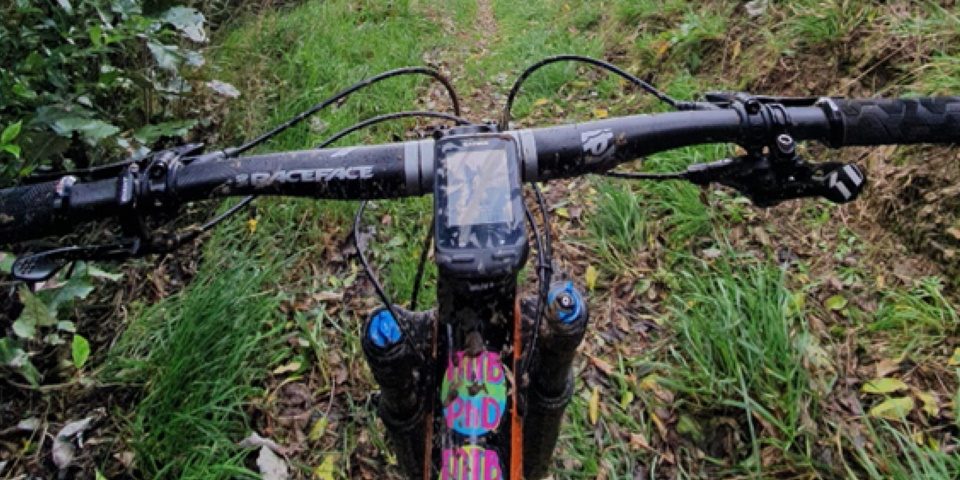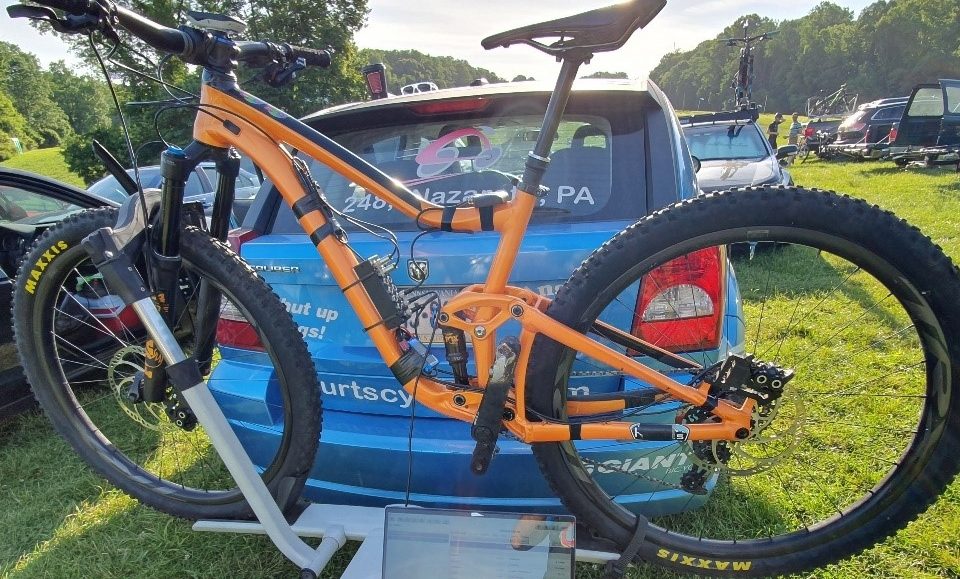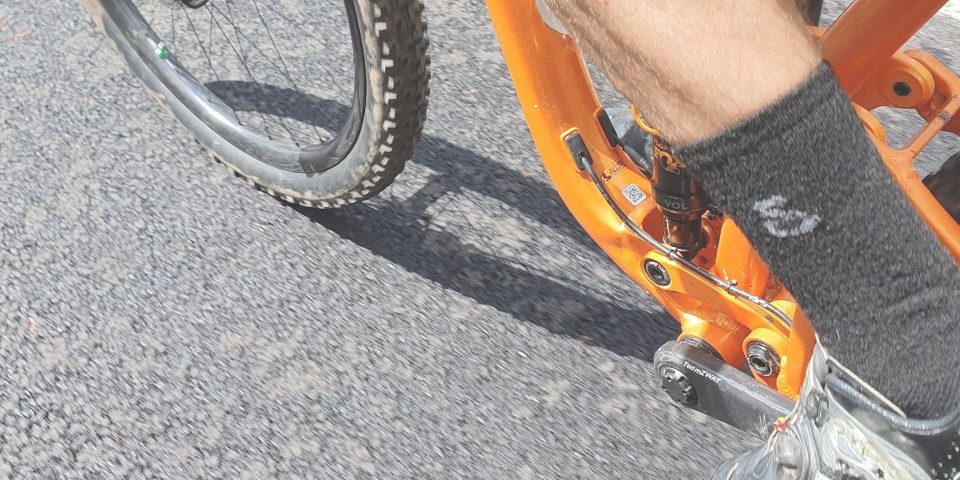Training

All you need to know about the FTP test.
Training with a power meter is based on a set of power numbers. Numbers that needs to be validated through continuous training. Ask any serious cycling coach – there is simply no way around it. In order for you to get the most out of your training, you will have to establish your power zones (training levels) by performing a fitness test. The most popular is the Functional Threshold Power test.
What is FTP?
Most useful power training is based on one thing – threshold. The threshold is the maximum power that you can sustain before your body is no longer able to remove the lactic acid produced by your muscles. Working for a longer period of time above your threshold gives you that feeling of the ‘burn’. The Functional Threshold Power is the maximum power you can currently produce for an hour. Even though it’s the highest power you can sustain for an hour, it’s generally not a good idea to waste a training session or two on a one-hour test. Doing a full all-out hour is just not motivating and most athletes would simply fail. It would also be too draining. The most common way to find your FTP is the 20-minute test at max effort, steadily.
Before the FTP test
Nailing your FTP test at the first try is really hard – most riders don’t. It takes a lot of practice to complete a test that gives you an accurate assessment of your fitness level. Be sure to watch your surroundings as they may affect your test. If you decide to do the test outdoors, make sure it’s as close to hometrainer-conditions as possible. Things like traffic and variations in terrain will affect your test. You should always stick to the same setup. Most people prefer to do the test on the hometrainer, but make sure that things like tire pressure and ventilation stay the same on every test.
FTP protocol
It’s important that the way you structure the test is the same every time. Here is a protocol suggested by Coggan:
- 20 minutes easy warm-up
- 3 x 1-minute wind ups with a minute rest between (100 RPM pedal cadence)
- 5 minutes easy
- 5 minutes all out (hard at first, but not so hard that you can’t complete the effort)
- 10 minutes easy
- 20-minute steady max effort (this is the test – like the previous 5-minute all-out effort, keep in control, hard but steady, you don’t want to burn too many matches and get toasted in the end)
- 10 to 15 minute cooldown
Nailing your FTP test
The more times you perform the test the better you will get to close to your true fitness assessment. The most common mistake is going too hard at the beginning of the test and then simply fade for the last 10-15 minutes. Try and focus on these few tips during your ride:
- Don’t go too hard during the first 5 minutes: The difference between a hard test and a failed test can be very small. Finding the right balance will be your biggest challenge. The goal is a steady max effort, so it can’t be too hard or too easy. Try and hold back a little bit at first and then assess.
- Pace yourself: After you’ve made sure not to go too hard at first, you then have to nail pacing yourself throughout the test. The easiest way to do this is to assess your effort every few minutes. Am I going too hard or too easy? You will probably do a few increases and decreases every few minutes during your first couple of tests. However, the changes should be minor.
- Don’t save it for last: Feeling that you have something extra left in the tank when you are getting close to that 20 minute-mark, suggests you held back too much. Sprinting to the finish line inflates your average power and that skews the entire test.
After the FTP test
Once the test is done you multiply your average watts of those 20 minutes by 0.95 to give you the estimated number of what you can currently sustain for an hour. Yes, this is only an approximation. But as long as you do the test every 4-6 weeks it’s still a valuable number that you can base your training on.
It’s now time to set your training zones.






